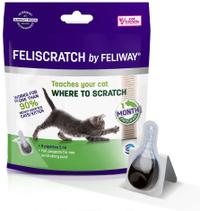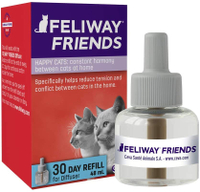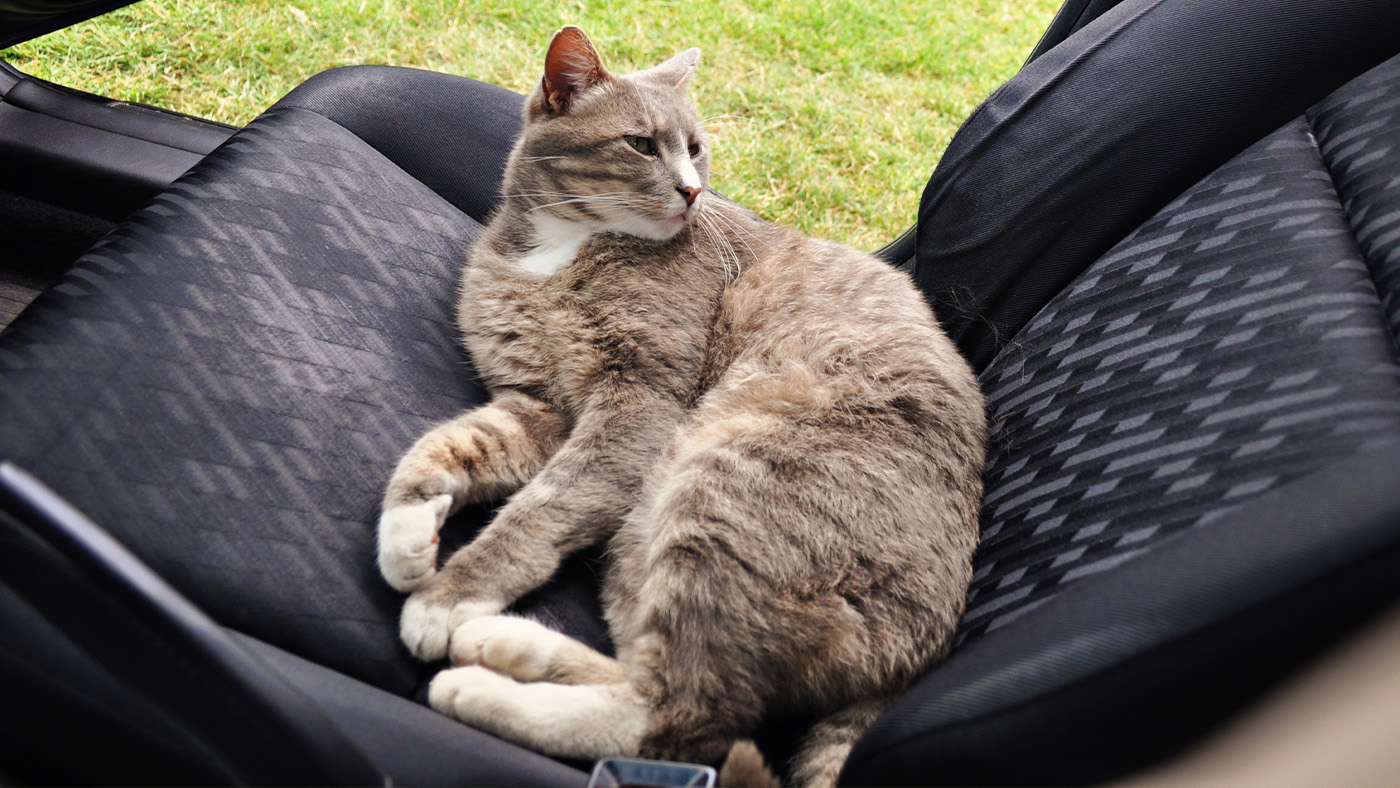7 common cat behavior problems solved
Does your cat scratch your furniture? We solve your cat behavior problems!

If you’re unlucky enough to be experiencing cat behavior problems, you’re probably feeling pretty frustrated. But it’s important to know that you’re not alone. In a recent survey, 77% of owners reported experiencing a feline behavioral issue.
The good news is that our understanding of cat behavior is improving rapidly, and many problems can be solved with simple changes at home. We’re going to look at the top seven problems caused by naughty cats, and offer you some tried and tested ways to improve.
Why is my cat misbehaving?
If your cat is suddenly misbehaving, you’re probably wondering why. What happened to make them so naughty? The problem is that cats live in a different world to us – a world of smells, pheromones, and subtle body language that we humans can’t understand.
In other words, your cat is always expressing a particular type of behavior for a reason, but those can be hard for us to interpret. We’ll list some of the common reasons under each behavior below, but it’s important to know that cat behavior is sometimes the result of a medical problem. If your cat suddenly changes an aspect of their behavior or personality, a trip to the vets to check they aren’t ill or in pain may be in order.
1. My cat is scratching the furniture
Furniture scratching is one of the most commonly reported behavioral concerns, affecting around 1 in 4 cats. While furniture or carpet scratching in cats is not abnormal, it can increase if cats are worried about their territory because they’re being bullied by a neighborhood cat, or because things are changing in the house.
To stop furniture or carpet scratching in cats:
- Try to work out why your cat is upset. Is there anything different in the house? What about the garden? Have you seen any new cats hanging around?
- Ensure your cat has access to several of the best cat scratching posts, and a mix of vertical and horizontal surfaces. Either way, your cat needs to be able to stretch properly whilst they’re scratching, so ensure your post is tall enough (at least 90cm)! The posts also need to be secure – attach them to a wall or ceiling for best results.
- Place your scratching posts near where your cat currently feels the need to scratch. Remember, they’re using it as a territory marker, so there’s no point having it in the wrong room!
- Use a product on the post to encourage scratching such as Feliscratch by Feliway, which uses physical and pheromone signals to trick the cat into thinking they prefer to use the scratch post!
2. My cat is attacking me
Aggression towards owners can happen for several reasons. Fearful aggression is usually proceeded by warning signs such as hissing and crouching. Play aggression is when a cat play-hunts his owners. Some cats will also attack if they are overstimulated, such as when they’re being stroked. Fixing this problem requires some understanding of what’s causing the behavior, and is best approached by a veterinary behaviorist.
In the meantime, you can try these tips:
- You might feel like you need to discipline your cat, but this can only make things worse. Don’t hiss at your cat, chase them, or tell them off – in fact, it’s usually best to ignore them entirely until the situation has been assessed by a behaviorist.
- If your cat is hunting you, try not to cry out, run away, or react, as this can make the game more exciting. If necessary, wearing thick trousers and socks or even boots in the house can help you to ignore the cat until you can see a behaviorist.
- Ensure your cat has plenty of the best cat toys, and rotate them regularly so there’s always one that’s ‘new’. You can also give your cat more to do by using a puzzle feeder. The aim is to mentally stimulate them so they don’t feel the need to attack.
Felicratch by Feliway
£32.58 from Amazon
Feliscratch helps redirect scratching from your furniture to your cat’s scratch posts by providing a physical and chemical signal to your cat that the post has already been used.
3. My cat is peeing all over the house
Around 1 in 10 cat owners report weeing in the house as a behavioral problem in their cat. The first step is to visit a vet to rule out medical causes – cystitis and kidney disease can both cause urination issues, and are very common in cats. If your cat is male and having problems weeing, you should call a vet urgently, as a ‘blocked’ cat can be fatal in hours! Once your vet has ruled out medical causes, it’s likely that stress is the cause of your cat’s problems, so you can try these tips:
- Add more litter trays! 66% of owners don’t have enough trays in the house. Try different styles, such as one with low sides if your cat is very young, very old, or disabled. Make sure to spread the trays out, such as one in each room, and over the top of any areas they have peed. There are plenty of options in our round-up of the best self-cleaning litter boxes.
- Provide your cat with plenty of hiding places so they can feel more secure in their environment. Cardboard boxes, tunnels around the house, and empty shelves so they can climb out of danger are all good additions.
- Consider a calming supplement or medicated diet to help your cat to relax – your vet can advise which would suit you.
- Try to keep the same routines at home. When changes are impossible to avoid, provide your cat with somewhere to hide.
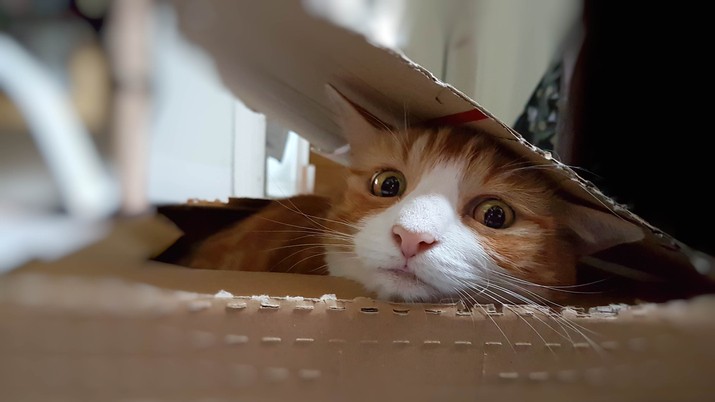
4. My cat is hiding and hissing when we come near or touch him
If this is a change in behavior for your cat, you should get him to the vets, as it’s possible pain or illness are causing his signs. Take care not to get hurt when catching him, and ask your vet for advice if you’re struggling. If the cat in question is newly adopted, or the vet rules out medical causes, try the following techniques:
- Give your pet space. Don’t approach them – instead, ignore them and give them plenty of time to get their bearings. You can sit in the same room as them, but do your own thing, so they can learn you aren’t scary. Be as quiet, predictable, and gentle as possible.
- Make sure you’re viewed positively – associate your presence with good things such as food and play
Feliway Friends
$39.99 from Amazon
This diffuser produces a pheromone thought to help cats relax with one another.
5. My cat is attacking other cats in the house
So far, we’ve dealt with a couple of issues that can be caused by being attacked, but what if your cat is doing the attacking? Cat-on-cat aggression is usually caused by competition or fear, although cats that previously got on well will also attack a cat if they smell different, such as after a vet visit. You can try the following:
- Provide more resources. That means a litter tray, scratching post, food bowl, water bowl and bed each, and one spare. These should be placed around the house so that one cat can’t block access to them all.
- Discuss with your vet whether Feliway Friends, Pet Remedy, or a herbal calming supplement would help your cats relax around one another.
- If your cat has returned from the vets or smells different and they don’t go back to normal within a couple of days, you should separate them and reintroduce them as if you’re dealing with two cats that have never met.
6. My cat is keeping me up at night
If your cat is keeping you up at night, you probably want a solution pronto. Older cats can start this behavior due to medical problems, so it’s a good idea to talk to a vet if this is new for your cat. If you have a young kitten though, it’s likely they’re just expressing normal nocturnal behavior. Hopefully, this will help:
- Provide plenty for your cat to do during the day. Toys should be rotated so that there’s always something ‘new’ to play with. You may want to take some of these away at night if your cat plays noisily.
- Engage your cat in activity in the early evening by playing with them or training them. The aim is to tire them out, and to reward them for being active at a less antisocial time of day!
- Fill a puzzle feeder just before bed to keep your cat downstairs and busy rather than chasing around the house.
Pet Remedy
$29.99 from Amazon
These diffusers contain herbal scents to encourage your cats to relax.
7. My cat hates going to the vets
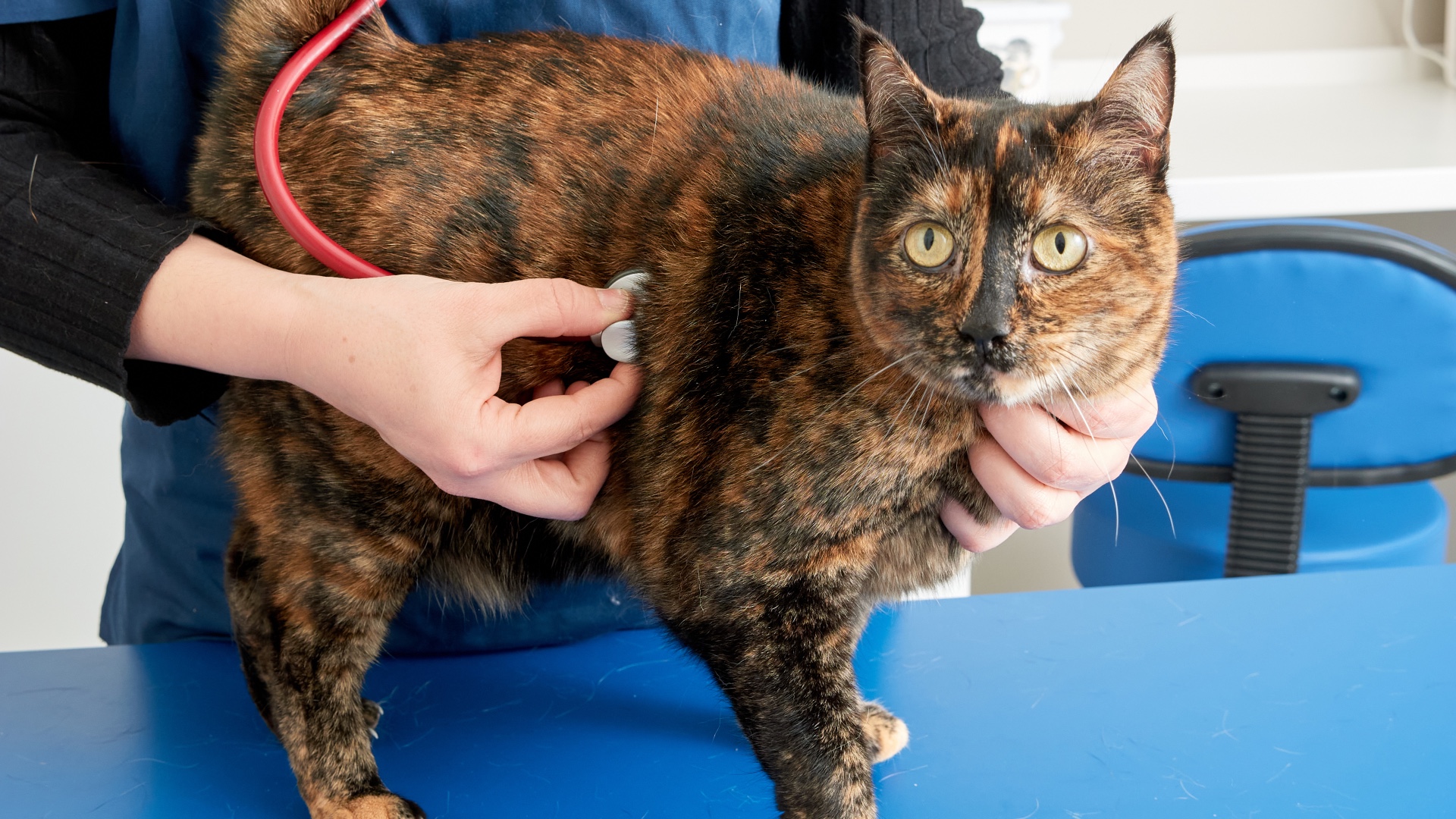
Whether it’s the carrier, the car journey, or the vets themselves, taking your cat to the clinic can be stressful. It’s very likely your cat is fearful, so follow our instructions for the best ways to help:
- Choose the right sort of cat carrier to feel safe and secure for your cat and cause your vets the least trouble so that the visit goes as smoothly as possible.
- Make sure the cat carrier is familiar – try to leave it out so your cat can use it as a bed, and it will smell safe.
- Desensitize your cat to the carrier and the car slowly over time. Start by just putting them into the carrier and closing the door before letting them back out. Move on to picking the carrier up before letting them back out, then putting them in the car and taking them back out, before trying short journeys. Show them that the carrier isn’t something to fear. Use plenty of food to train your cat – it’s just like training a dog!
- Find a feline friendly practice. That means one that can help you keep your cat away from dogs, has a quiet consulting room for you, and is gentle when handling your cat.
8. My cat is spraying urine
Spraying urine is one of the worst cat behavior issues a pet owner can have. The sheer smell is a real concern for affected cat owners! Like urination problems, urine marking or spraying usually happens because of stress. The difference is in how and where a cat is urinating.
Urinating outside of the tray still happens on a horizontal surface and cats will squat to pass urine. When marking, cats aim for a vertical surface and their tails will be straight upwards, often wiggling or vibrating. Cats are very territorial, and spraying urine is one way to mark their territory. If they become worried about their territory, they’ll start spraying more. Here are some tips that can help you put a stop to this behavior:
- Check that other cats aren’t entering the house and upsetting your cat – a camera trained on the cat flap might be helpful
- Close curtains on the ground floor to reduce the chance of bully cats looking in and frightening your cat.
- Use pheromone diffusers to help your cat feel more secure in their territory
- If your cat isn’t neutered, neutering him may help him feel less territorial. However, female cats and neutered cats can still spray when stressed so this doesn’t always fix the problem.
9. My cat has OCD
Yep, cats can suffer from compulsive disorders too! Any behavior that’s repeated frequently and out of context could be considered OCD, but common OCD behaviors in cats include excessive grooming and fabric-chewing. It can be caused by stress and anxiety, but may also be inherited as it’s more common in some breeds. Sometimes you won’t see your cat over-grooming, but you might notice bald spots or patches of thinning hair on your cat’s back, sides, or tummy. So, what can you do?
- This behavior likely needs a vet or qualified behaviorist’s input, so a good first step is to talk to your vet.
- In the meantime, you can work on making your cat’s environment feel more safe and secure in order to reduce stress and anxiety.
- Try adding in pheromones to help your cat feel secure, and build them a ‘safe space’ where they can go without being disturbed.
Your cat behavior problems solved
Hopefully, the above advice will help you solve your cat behavior problems. Remember, sudden behavior changes can be the result of a medical problem, so talk to your veterinary team for help. They will also be able to direct you to a qualified feline behaviorist if you need one!
If you’re questioning, ‘Why is my cat shaking?’, then this feature will help you find the answer. If you feel worried about your cat hiding under the bed, it’s worth reading this vet’s guide. Or, if your cat won't eat wet food check out this feature.
PetsRadar Newsletter
Get the best advice, tips and top tech for your beloved Pets
After graduating as a vet from the University of Nottingham, Dr Joanna Woodnutt went on to practice companion animal medicine in the Midlands. Since then, she has also written for countless online and print publications and is a regular contributor for Edition Dog Magazine.
